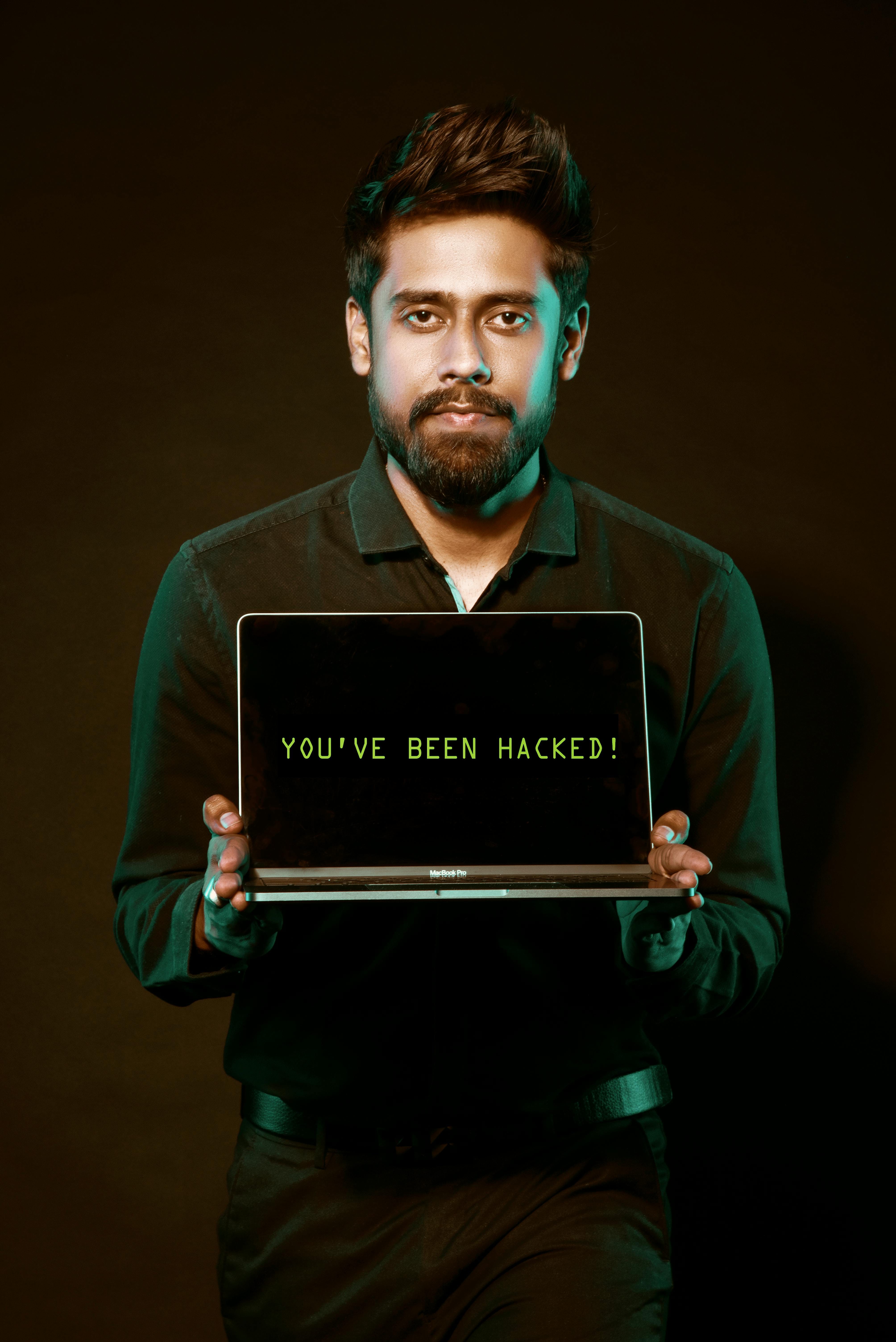Here at DubLow Digital, we believe in helping you make the most of your smart home technology while keeping your digital life safe. Smart home devices are becoming increasingly popular for convenience but also introduce serious security risks. Hackers can target these devices to gain access to personal information, spy on your activities, or even cause damage to your home.
For many small businesses and homeowners in Colorado, the dangers of smart home devices often go unnoticed. While 75% of people distrust data use, most are still willing to adopt smart home technology. As we enjoy the comfort and convenience of intelligent living, it’s crucial to remain vigilant about potential cyber threats. A hacker could compromise your innovative system without you even realizing it.
How can you tell if your smart home device has been compromised? DubLow Digital has compiled nine signs to watch out for.
- Unexpected Behavior
One of the first signs that a smart home device has been compromised is unexpected behavior. If your device starts acting erratically, it’s time to investigate. This erratic behavior might include:
- Lights flickering
- Thermostat settings changing
- Smart locks behave unpredictably
Hackers often manipulate smart devices to create disturbances. Spotting these irregularities early can prevent further damage.
- Unusual Network Traffic
Monitoring your home network is a crucial aspect of cybersecurity. Have you noticed a sudden spike in data usage or unusual patterns in network traffic? These could be indicators of unauthorized access.
Here at DubLow Digital, we recommend regularly checking your router’s activity logs. Hackers may exploit your smart devices to launch attacks or steal sensitive information, so monitoring network activity is crucial for small businesses and households in Colorado.
- Strange Sounds or Voices
Smart speakers and voice assistants are becoming commonplace in many homes. If you hear unfamiliar voices or strange sounds from these devices, it’s a red flag.
Hackers might use compromised devices to eavesdrop on or communicate with household members, which can pose serious privacy concerns. Make sure your smart devices are configured to respond only to authorized voices.
- Device Settings Modifications
Smart devices offer customizable settings to suit your preferences. If you notice unauthorized changes, such as altered camera angles, sensor sensitivity, or device preferences, this could indicate a breach.
DubLow Digital advises small businesses and homeowners in Colorado to review and update device settings regularly. This helps maintain control over your smart home ecosystem.
- Unexplained Data Transfers
Smart devices often send data to the cloud for analysis or storage. Keep an eye on your device’s data usage, and be wary of unexplained data transfers. Hackers may exploit vulnerabilities to extract sensitive information.
Regularly reviewing data usage patterns will help identify suspicious activity and protect your smart home environment.
- Device Inaccessibility
Suddenly locked out of your smart devices could be a sign of hacking. Hackers may change your passwords or enable two-factor authentication without your permission, making it impossible for you to access or manage your devices.
If this happens, DubLow Digital recommends quickly securing your accounts and regaining control.
- Unknown Devices on Your Network
Regularly reviewing the list of devices connected to your home network is essential. If you spot unfamiliar or unauthorized devices, this could mean someone has breached your network.
Here in Colorado, we encourage you to secure your network with strong passwords and consider network segmentation for added protection.
- Frequent Software Glitches
Smart devices receive regular software updates to patch vulnerabilities and enhance security. If you notice frequent software glitches or if your device fails to update, it could be a sign of interference by a malicious actor.
Ensure your smart devices are always running the latest firmware. This keeps them up-to-date with the latest security patches and bug fixes.
- Emails or Messages Confirming Changes You Didn’t Make
Some smart devices send notifications to confirm changes, such as modifications to settings, passwords, or device access. If you receive such confirmations for actions you didn’t initiate, it’s a clear sign of unauthorized access.
Take immediate action to secure your account by changing passwords and reviewing access permissions.
Need a Cybersecurity Assessment to Prevent an Unexpected Breach?
As our homes in Colorado become more brilliant, so must our approach to cybersecurity. Recognizing the signs of a compromised smart home device is the first step to safeguarding your digital environment.
Remember, smart home technology can enhance comfort and convenience but also requires proper maintenance and protection. DubLow Digital can help you keep your smart home a secure and innovative haven rather than a target for cyber threats.
Contact us today to schedule a smart home security consultation and ensure digital safety.






